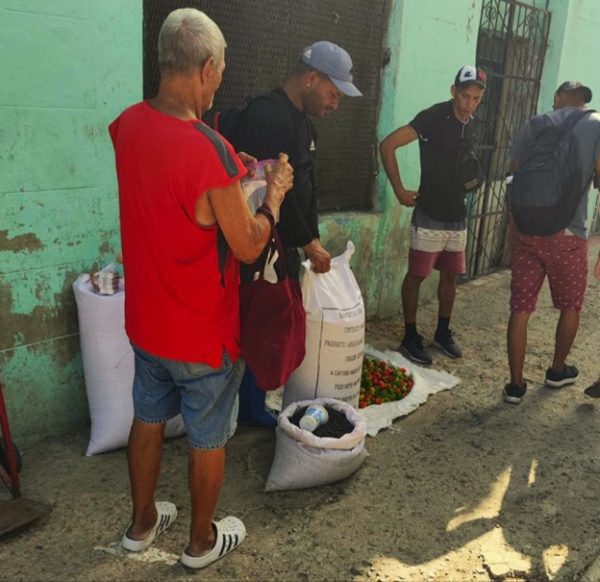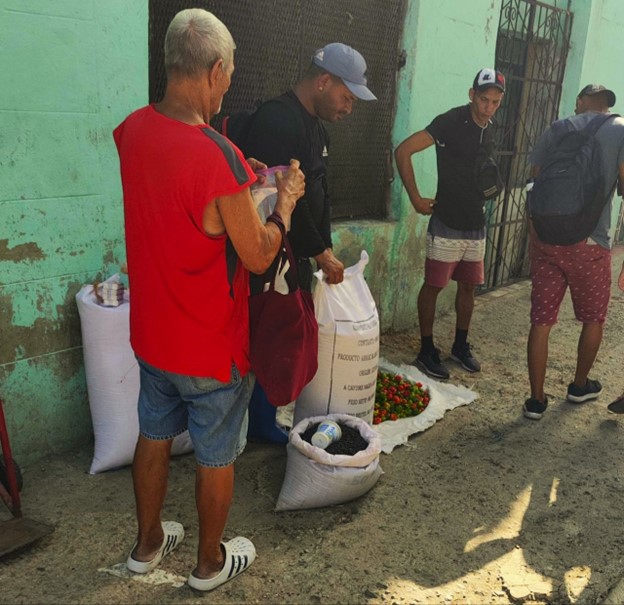
“A pound is so expensive that I haven’t given myself that luxury in a long time” They used to sell 10 ounces a month per person at a low price on the ration cards.
By Natalia López Moya (14ymedio)
HAVANA TIMES – It is the litmus test for those who prepare Cuban recipes. Anyone can graduate in tostones or ropa vieja, but the diploma of skill in traditional dishes is only obtained after making a good thick stew of black beans. The exam is difficult to pass: you have to achieve the exact point of thickness, the restrained touch of flavor and the correct consistency of the beans, without making them too hard. It is something that takes practice, time and a long history of failed attempts.
An apparently simple recipe, which doesn’t need added protein, which causes so many headaches on this Island, black beans are the fragmentation mine hidden in the daily recipe book. A chef who serves grilled lobsters and receives a wide smile from the diners can fail miserably with this indispensable legume at Cuban tables. The cook is known, in these cases, for what she serves with the ladle and not for what she takes out of the oven or the frying pan.
But it’s not all a matter of skill in the kitchen. The quality of the bean can derail any sacrifice or reward a simple beginner. “It can’t be done hastily,” summarizes Niurka, a 62-year-old Habanera who lost “half my life in several pressure cooker explosions” trying to find the right amount of pressure for the stew. “If the bean is not good, it doesn’t integrate well with the broth and becomes an empty and tasteless shell.”
“It must be a small bean, and it has to look shiny. I always ask the seller to let me bite one, because if I can sink my tooth into it, it will soften,” the woman explains to 14ymedio. However, her peculiar quality test can barely be put into practice. “A pound of black beans is so expensive that I haven’t given myself that lux


